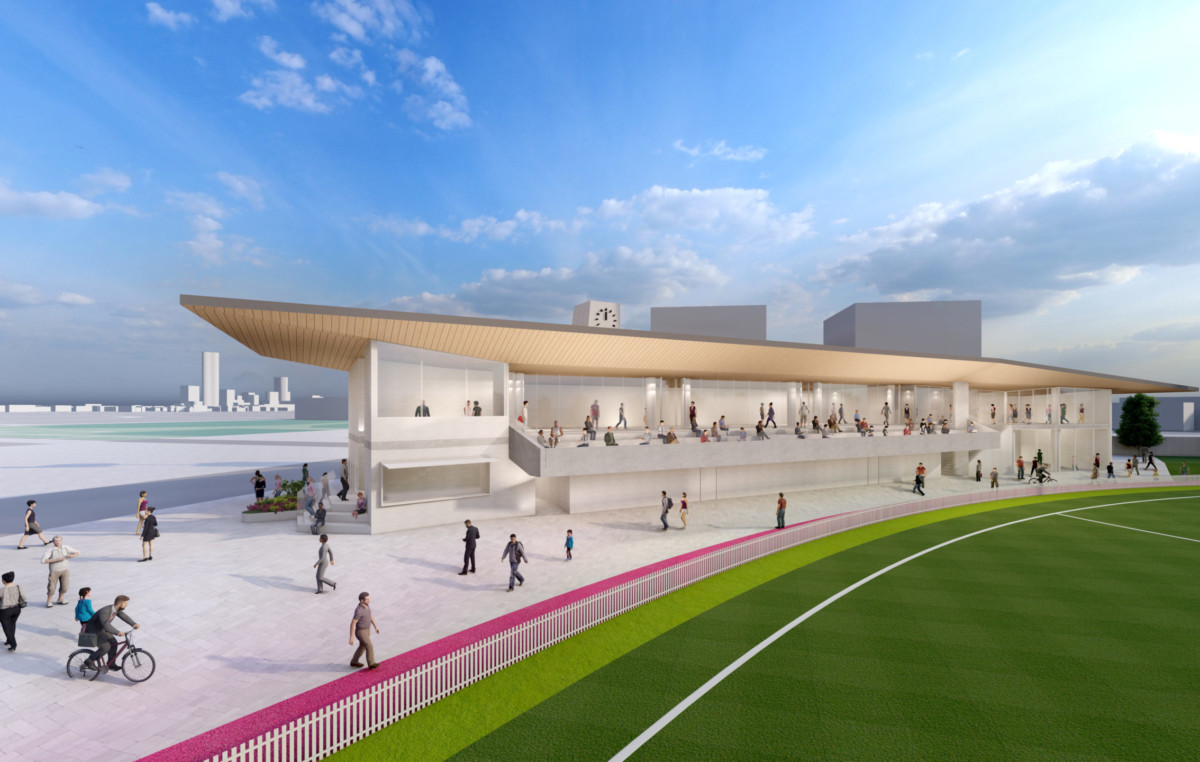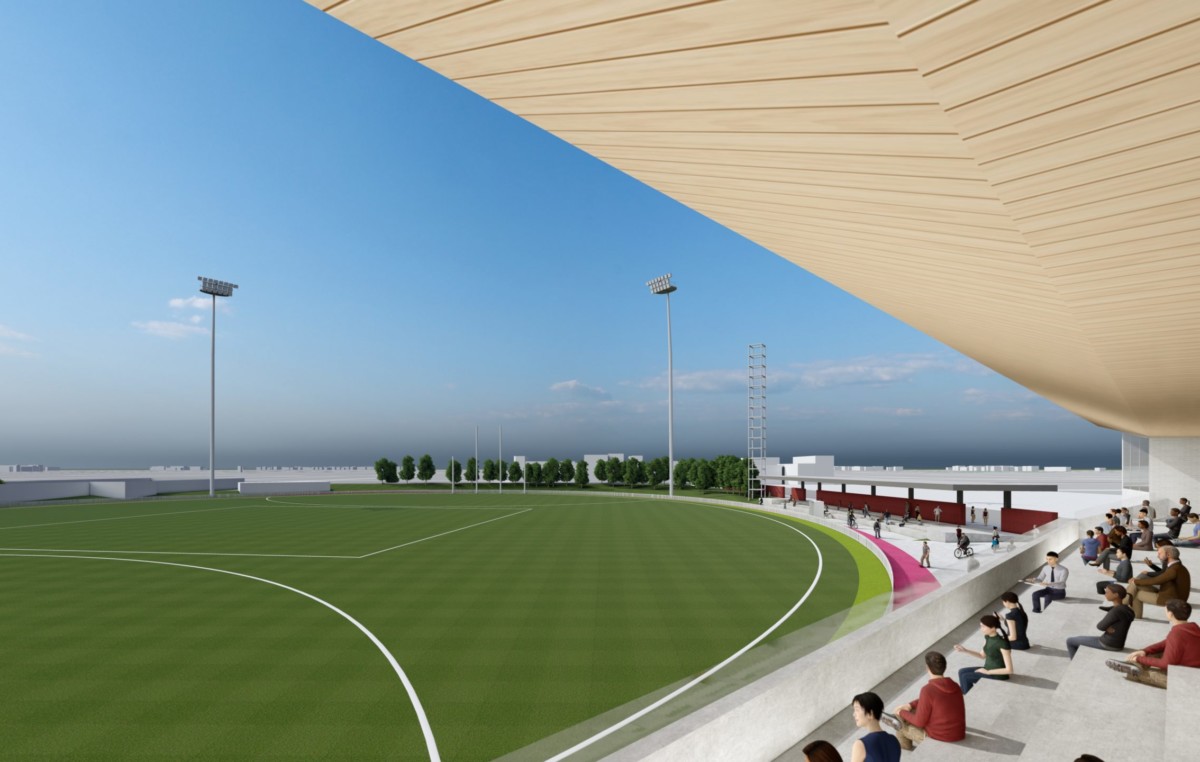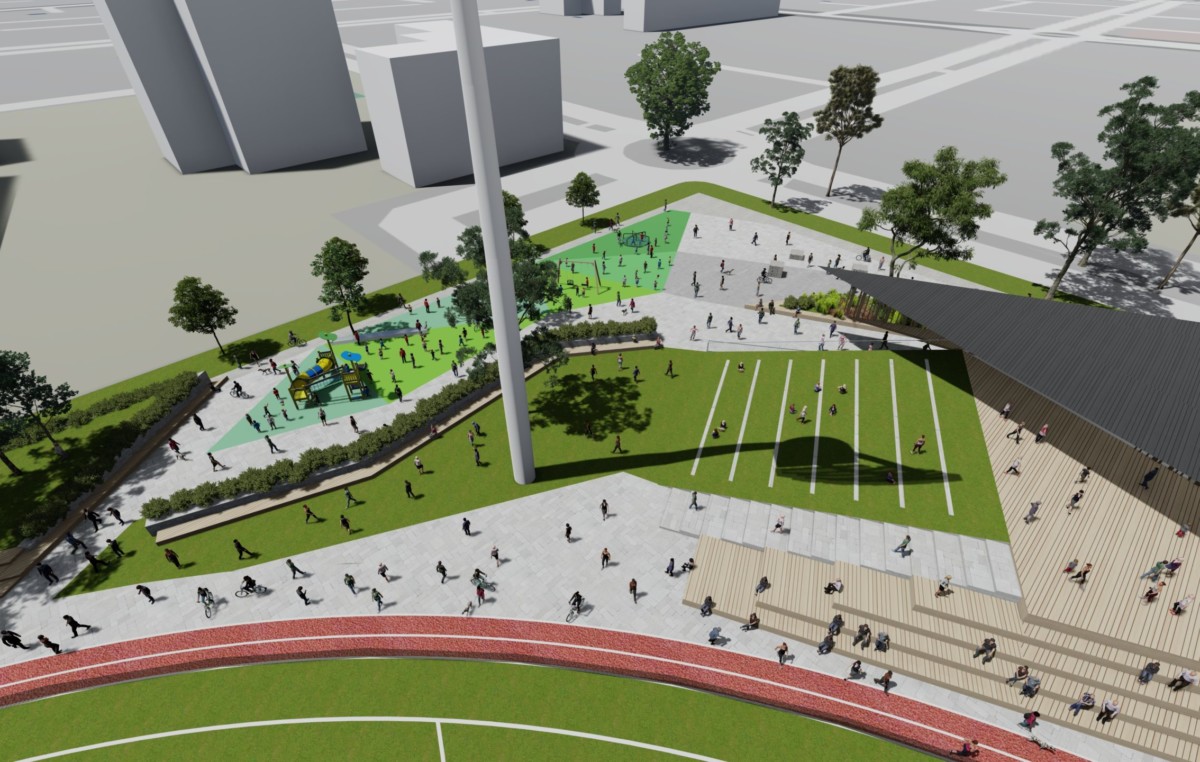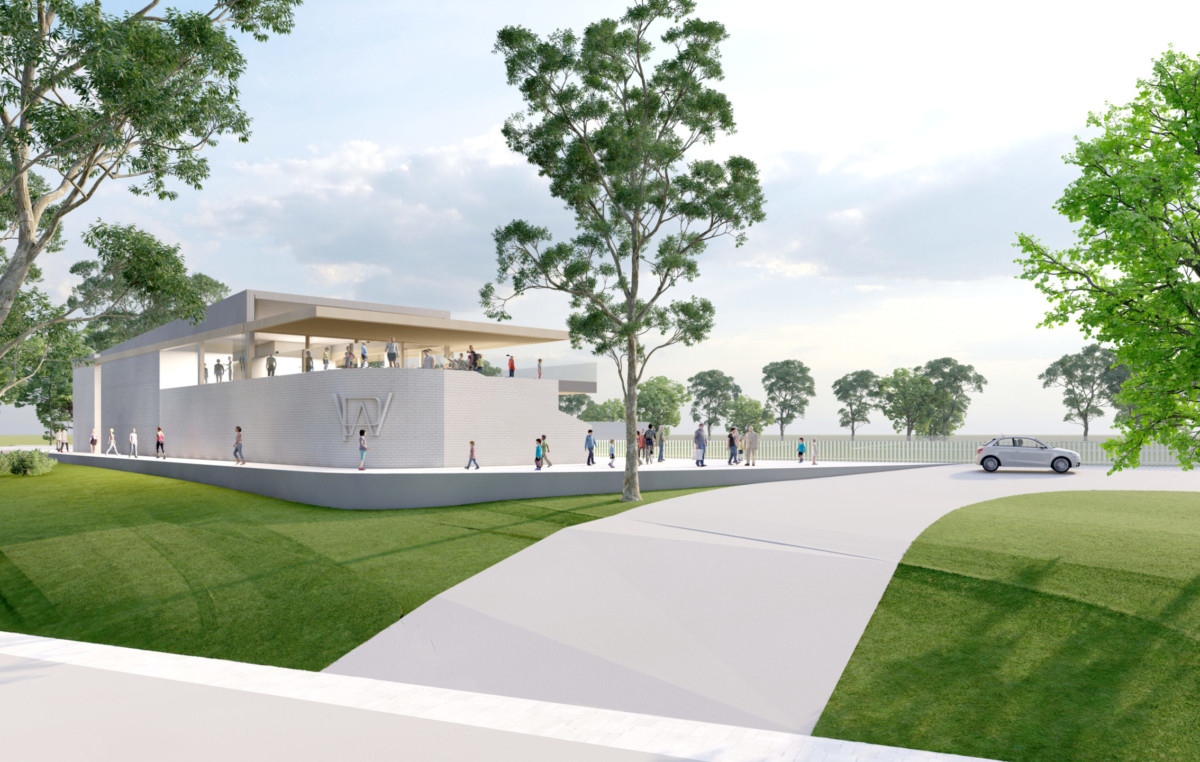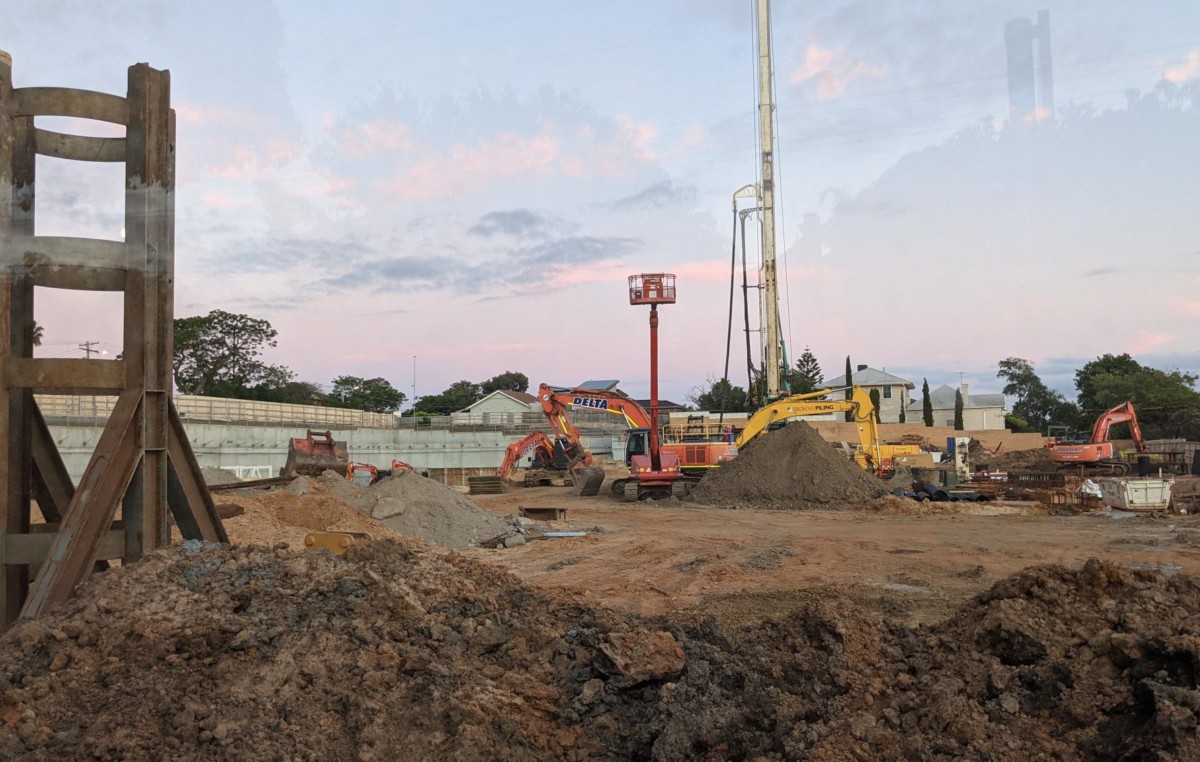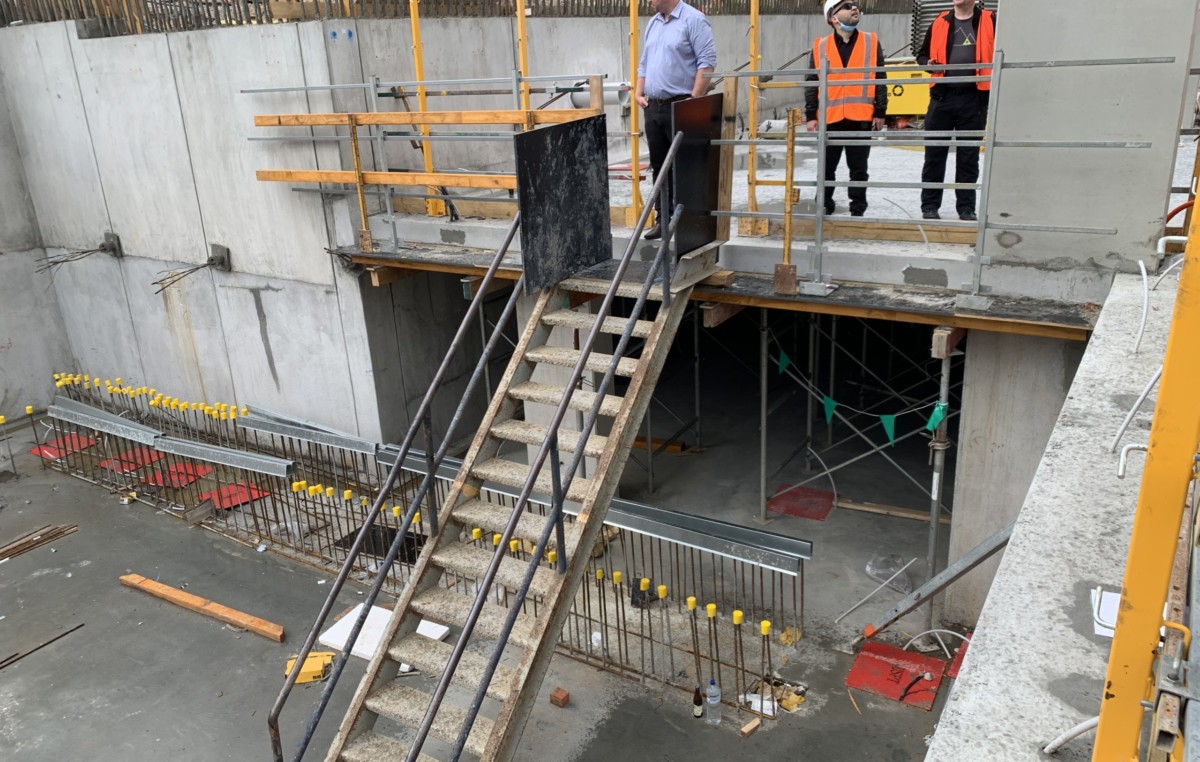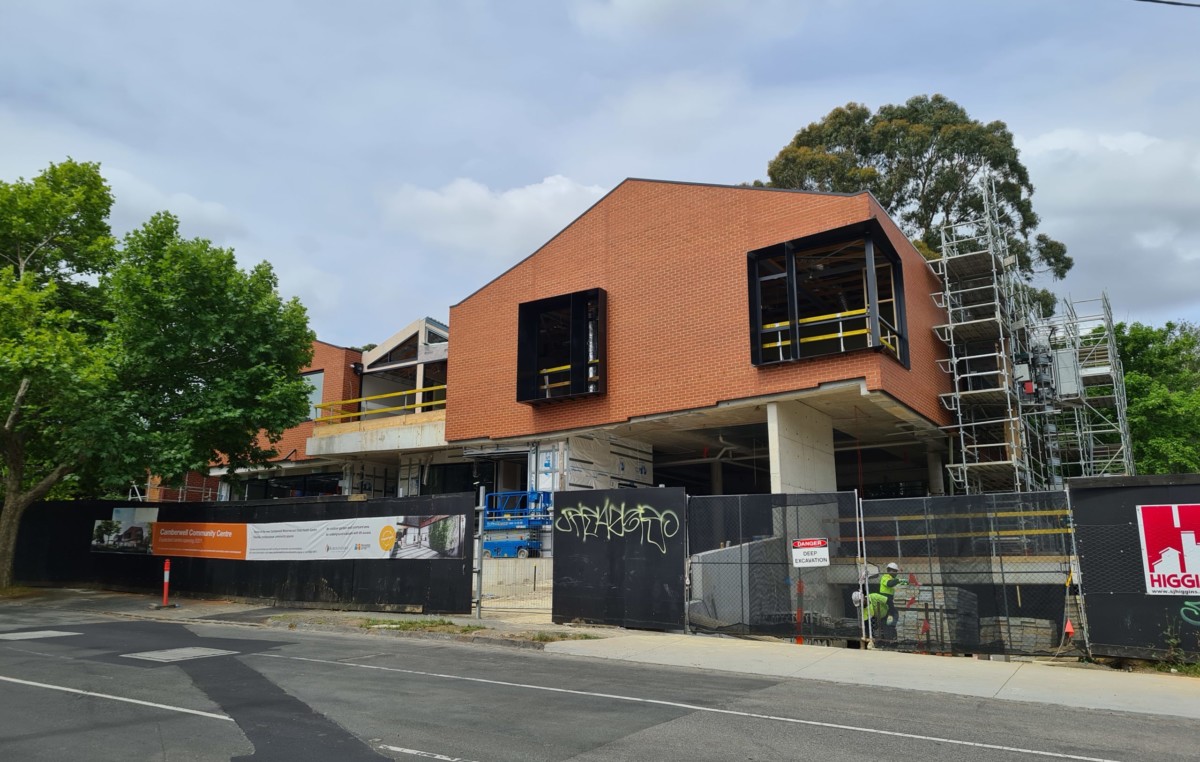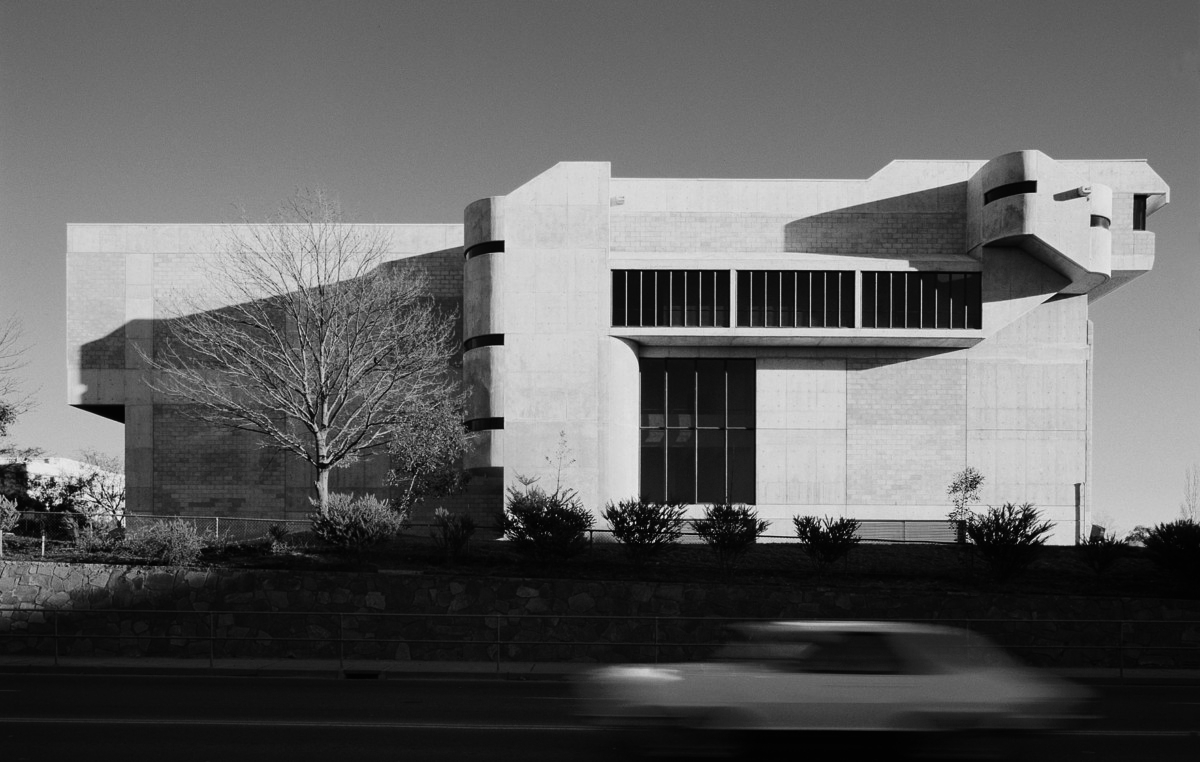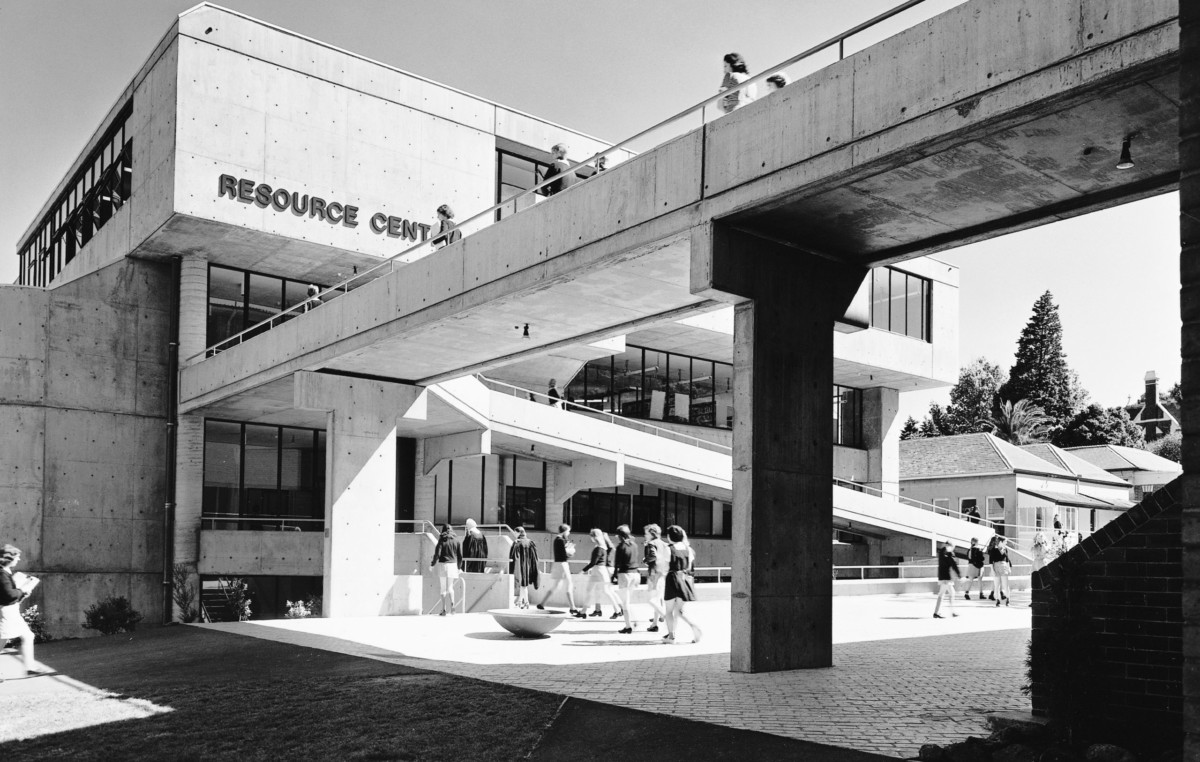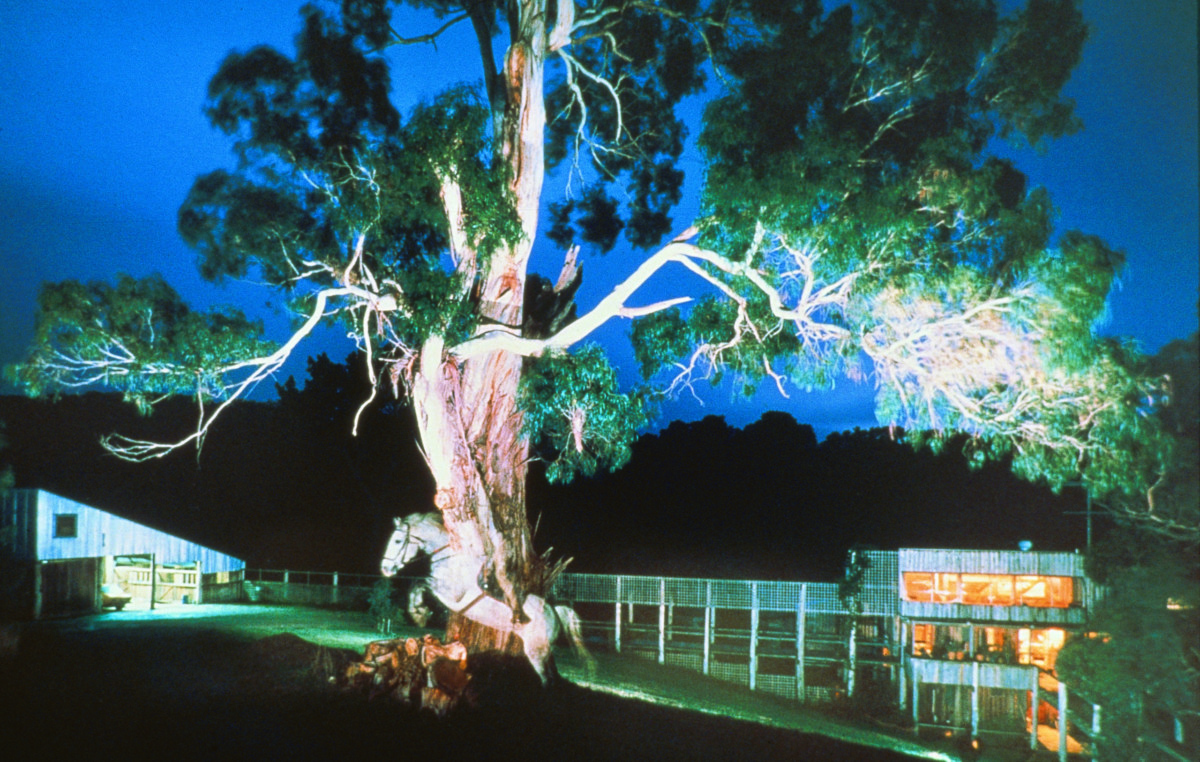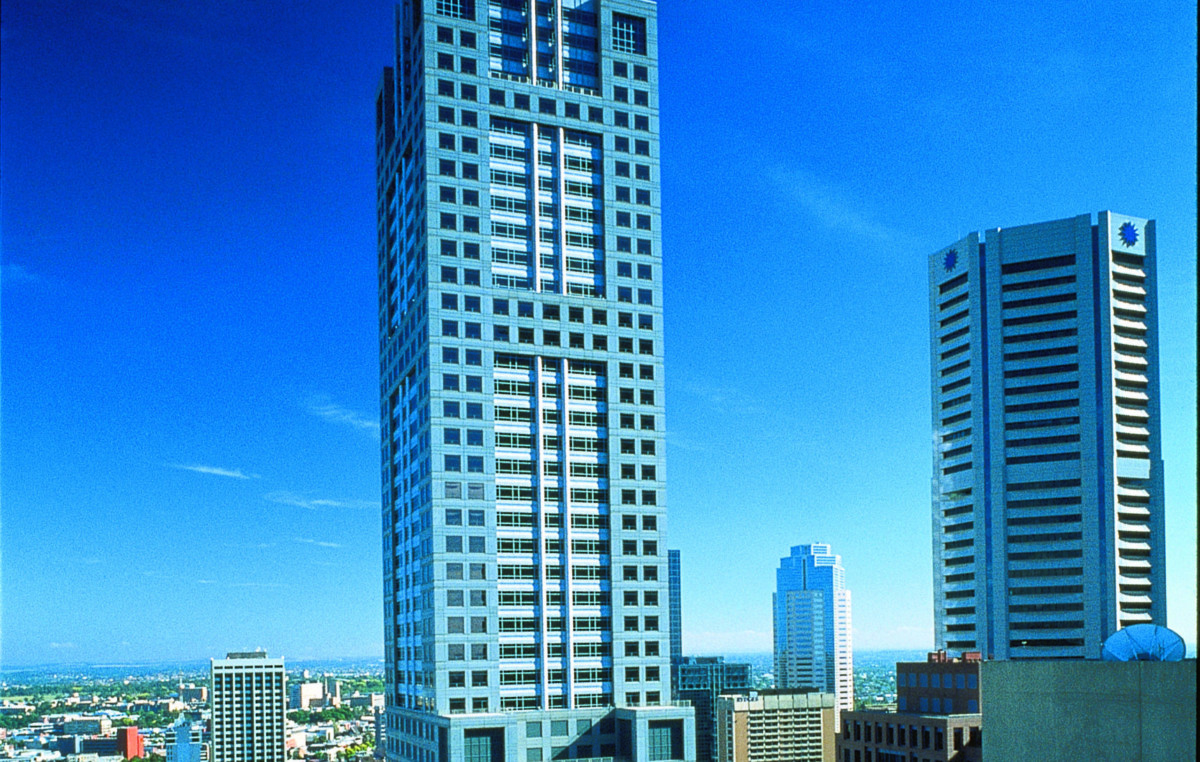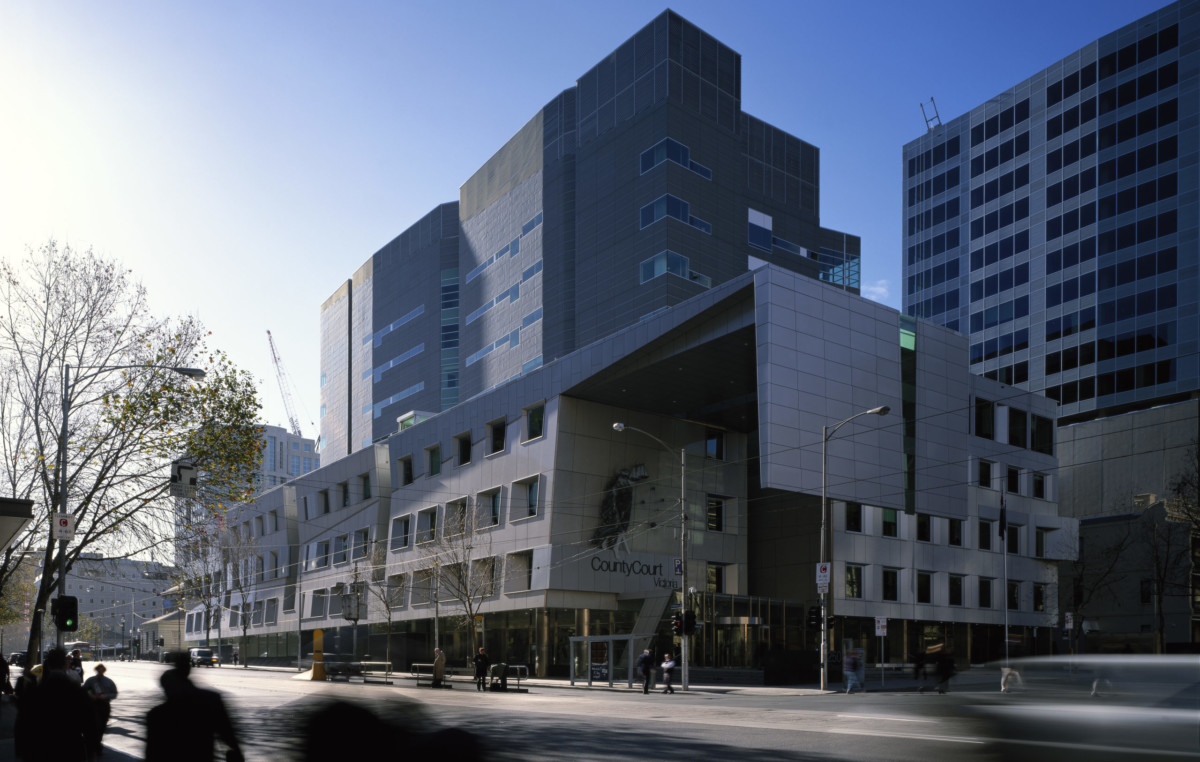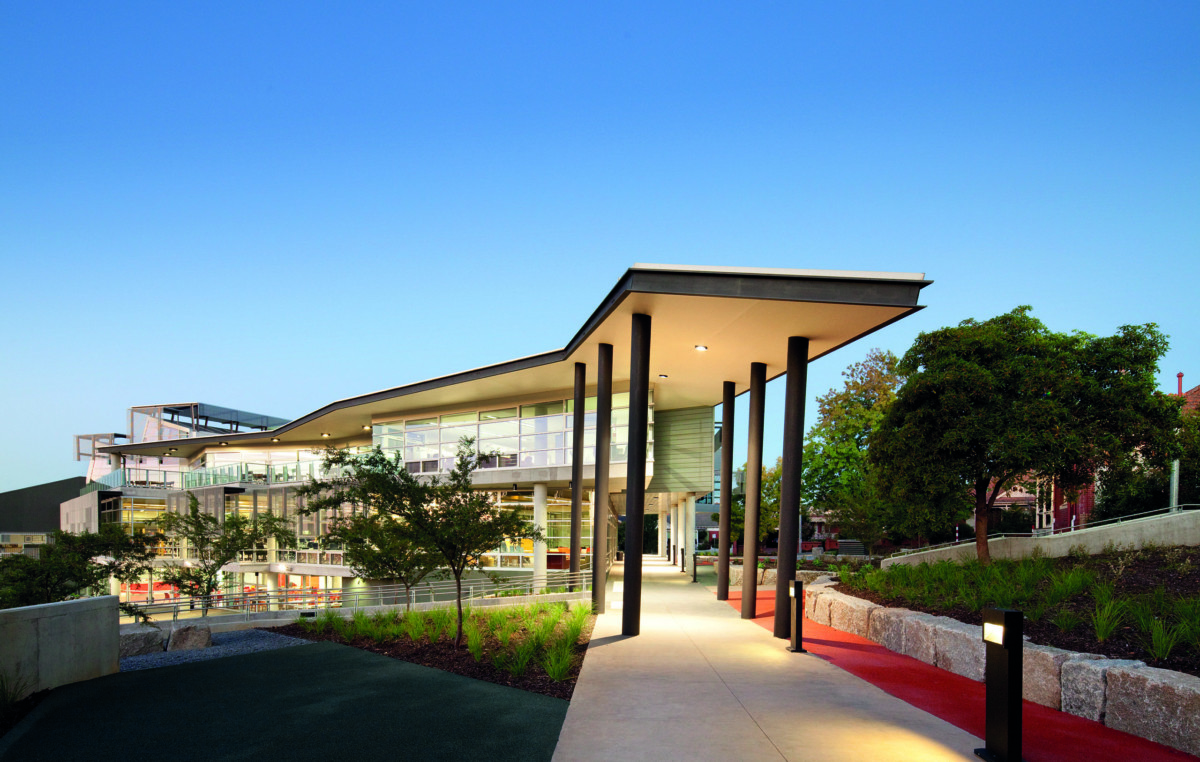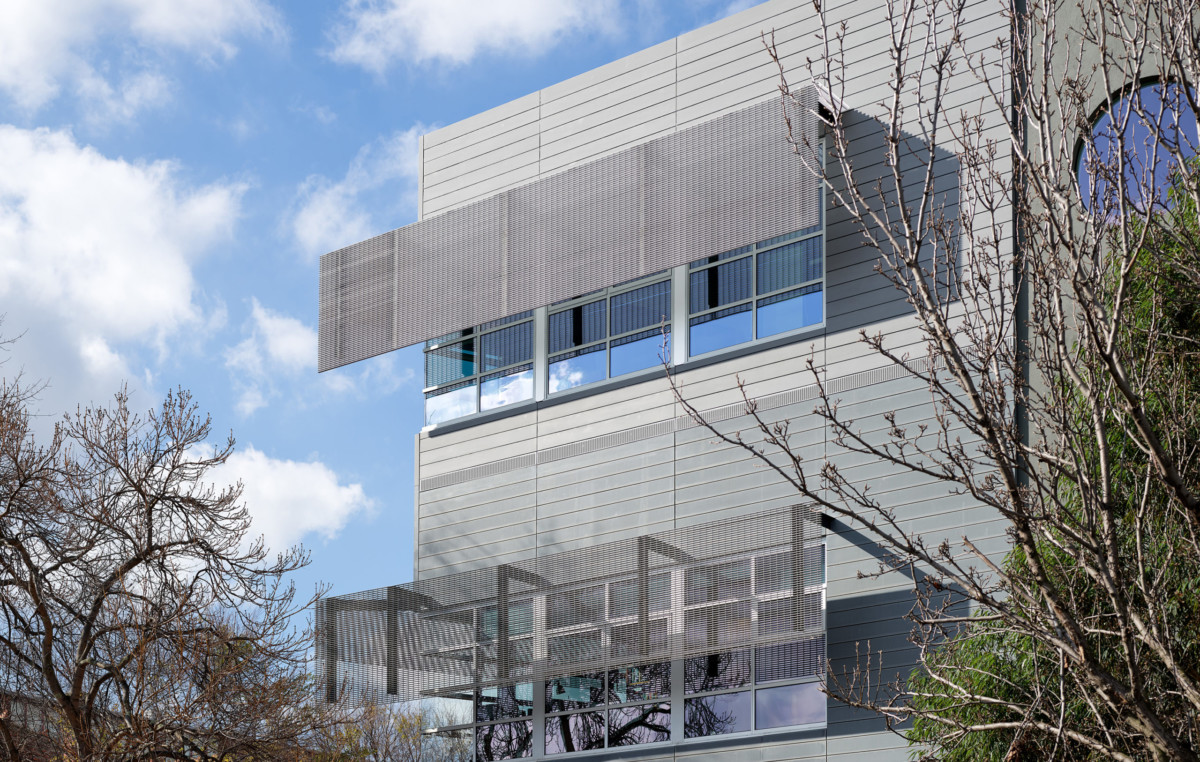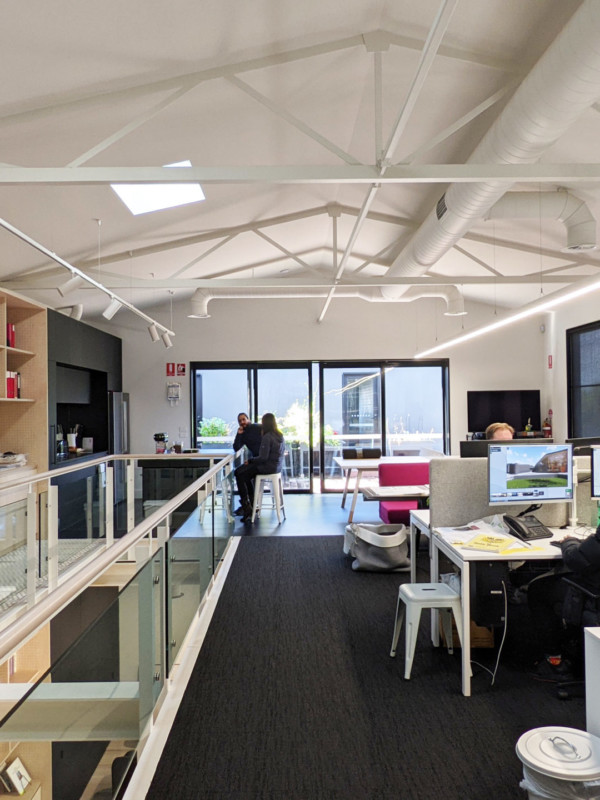
Welcome to Our Studio
We are excited to be located in our new Richmond studio – completed miraculously during COVID lockdown.
Together with our new brand, our new studio is part of the next chapter, in the practice’s history.
Our team is energetic and talented, including the solid and experienced stayers, and enthusiastic newcomers.
I have lived architecture all my life – everything was about design. I have experienced open plan living, communal rooms, rooms flooded by natural light, and rooms where innovative shading devices created imaginative patterns; conversation pits, fly-wired rooms for passive cooling on a hot summers day; green internal landscapes connecting with nature and providing natural shade; mezzanines, voids and views through three-dimensional space; book shelves integrated with staircases, and staircases that also functioned as seats; skylights over beds for viewing stars, ladders to nooks and even a fireman’s pole.
All of this has contributed to my passion for architecture and design and continues to feed my desire to craft unique and memorable spaces that surprise and delight users.
For me, the challenge, in making great buildings and spaces, is to problem solve the functional and environmental needs, while simultaneously crafting the form by understanding the site and its context.
Relative to purpose, I like buildings that are elegant, yet surprising, with views through spaces and to landscape.
We look forward to talking ideas and opportunities with you or just having coffee and a game of table tennis.
Sara Jackson
On The Drawing Board
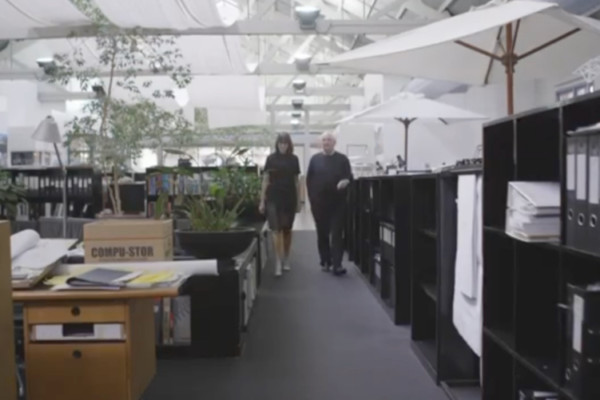
Daryl Jackson: Modern Melbourne Play
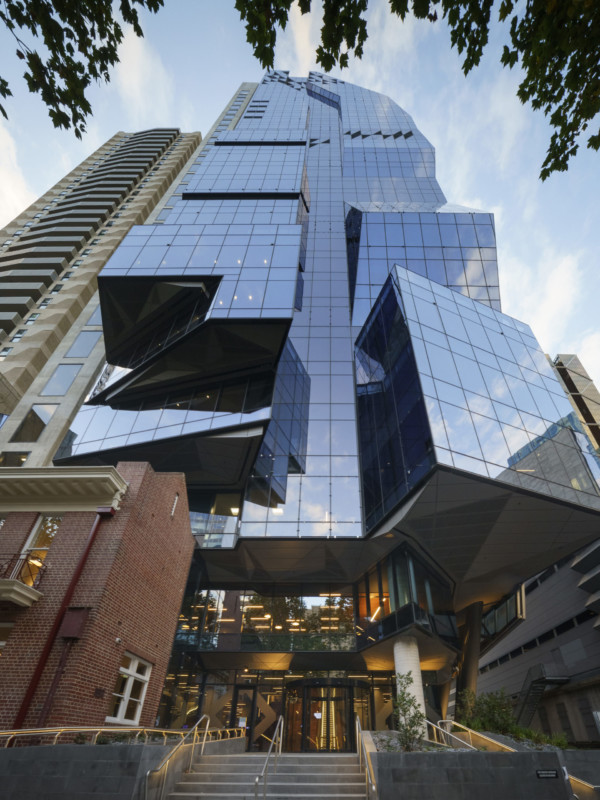
Jackson Architecture Designs Australia’s Tallest University Campus.
Our recently completed City Tower for Victoria University, in the heart of Melbourne’s central business district (CBD), represents the university campus of the future.
The 32-level slender, sculpted glass tower is purpose-built with student use central to its design. Sympathetic to surrounding buildings, this campus of the future symbolises a unified integration of 19th century buildings and modern architecture, and offers an elegant and timeless addition to the Melbourne skyline.
Read more at Architecture & Design and Australian Design Review.
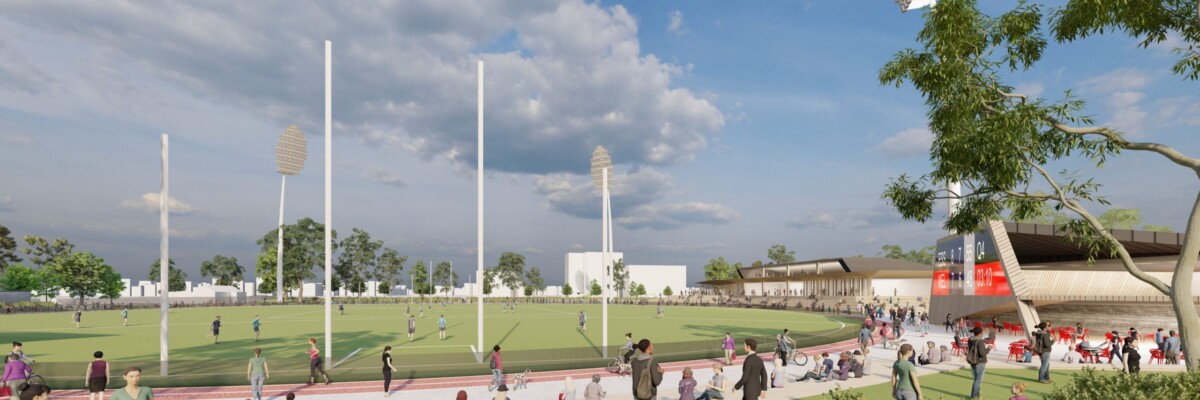
Windy Hill Major Development Plan Play
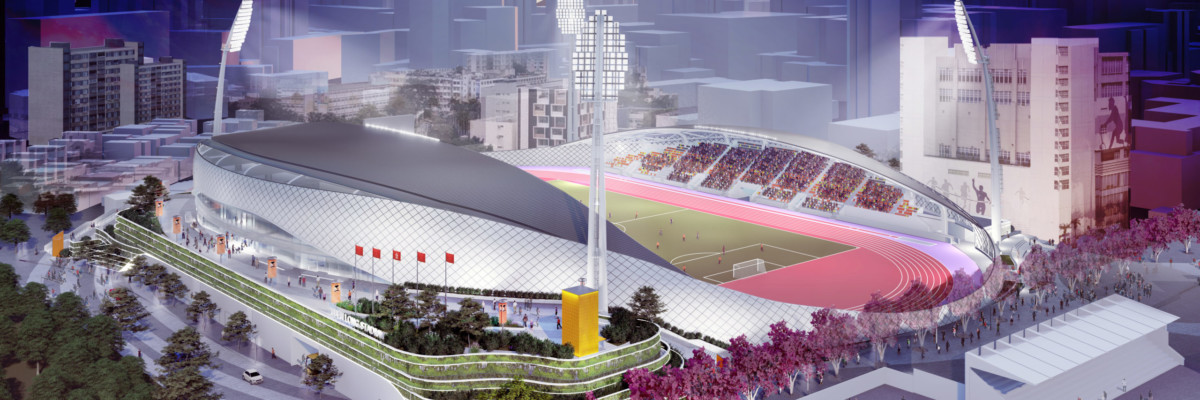
Yuen Long Stadium Play
On Site
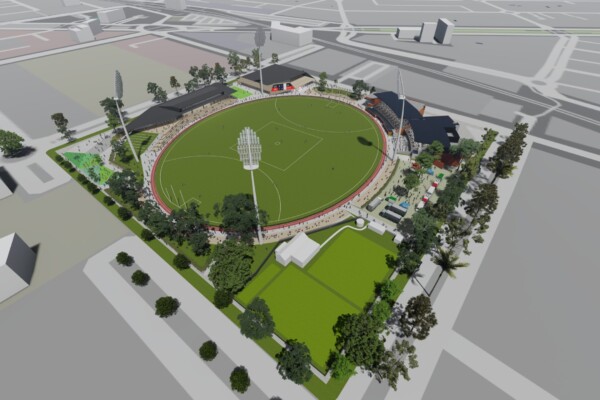
Jackson Architecture Kicking Goals at Windy Hill Play
From the Archives

AIA Award for Enduring Architecture 2020
MCG Great Southern Stand
Known as the ‘people’s ground’, the MCG is one of the oldest and largest capacity sporting venues in the world. The 1992 update of the Great Southern Stand, designed by Jackson Architecture, in association with Tompkins Shaw and Evan, received the Australian Institute of Architect’s (AIA) prestigious Sir Zelman Cowen Award for Public Architecture in that year, and more recently the AIA’s 2020 Award for Enduring Architecture.
Completed in time for the 1992 Cricket World Cup, Daryl Jackson summarised the design intent as “clear sightlines, close proximity to the action, comfortable seating, adequate services, food and drink facilities” with a “sense of arrival at the outside ticket box, a celebratory progression to one’s designated seat, and the anticipation of a spectacle.”
We are very proud and humbled to have won this prestigious award. And, we look forward to experiencing the next spectacle at ‘The G’.

Sara Jackson: Sacred Spaces Play

Latrobe Creative: Engaging with Local Industry
The design of the Latrobe Creative Precinct and Gippsland Performing Arts Centre, is expressed as an abstracted ‘variegated forest canopy’, in engineered cross laminated timber (CLT).
Our vision draws upon the Latrobe Valley’s rich timber history and, in partnership with local industry, creates an exemplar precinct of iconic timber construction. It showcases a new era of engineered timber capability, imagination, production and construction in the Latrobe Valley and Traralgon. The timber was supplied by Australian Sustainable Hardwoods (ASH) located in Heyfield, about 40 minutes north of the site.
Signature Projects
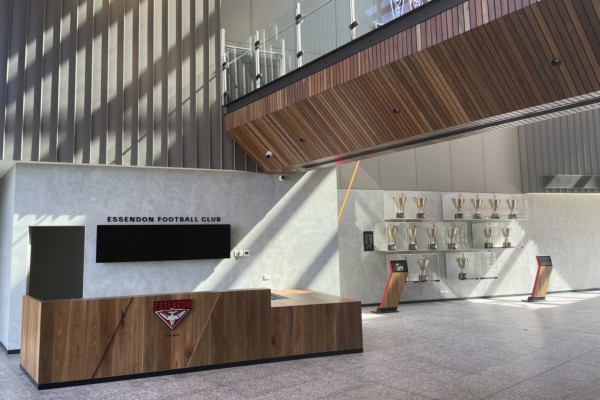
Approach
We are committed to:
- a client focused and inclusive design process;
- crafting a design that responds to the site – its topography, climate, context and local culture;
- developing functional spatial relationships through integrated client, user and consultant workshops;
- delivering value for money through an experienced understanding of materials and construction techniques that brings foresight to design decisions throughout the design process; and
- creating innovative places that are memorable for their aesthetic qualities and their functional utility.
Our process is one of leadership: we reveal, explore, conciliate and express the diverse and often contradictory demands of client and user group whilst considering community interests and statutory obligations.
We place great emphasis on developing close and cooperative relationships with our clients.
We apply our technical and professional knowledge to deliver value, and exceed the aspirations, objectives, and quality expectations of our clients.
Featured Project

Considered but Never Boring
When we undertake something new, we take it upon ourselves to expand on the original brief, seeking to find unexpected opportunities and spatial experiences in the project. We employ a suite of strategies, such as the play of light and moments of colour, to inject some vibrancy to our work. We don’t dwell on trends but rather focus on creating meaningful pieces of architecture that can stand the test of time.
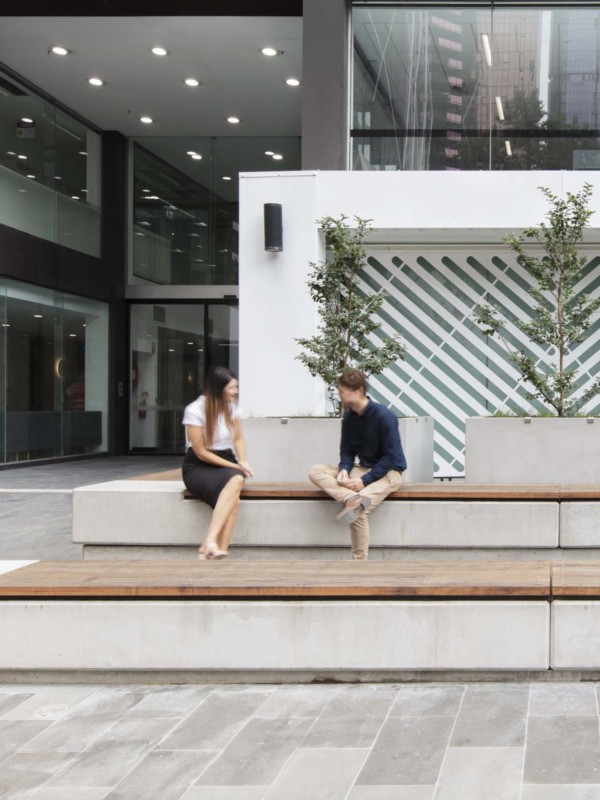
Sustainable at Heart
At Jackson Architecture, we are committed to ensuring our buildings achieve the highest levels of Environmentally Sustainable Design (ESD), and user comfort, knowing that ESD also delivers significant operational and lifetime cost benefits for our clients.
Our long-standing dedication to environmental sustainability is demonstrated by our award-winning design of 8 Brindabella Circuit in Canberra, in 2005, the first 5 Star rated office building in Australia.
More recently, projects such as the Olivia-Newton John Cancer and Wellness Centre, the National Tennis Centre and the Department of Justice and Community Safety buildings have all been recognised for their innovative approaches to sustainable architectural design.
Further to this, in 2020, Jackson Architecture became a signatory of Architects Declare Australia, joining our local and international peers, to declare a climate and biodiversity emergency. As a signatory, we are committed to the 11-point declaration which acknowledges the twin crises of climate breakdown and biodiversity loss, as the most serious issue of our time.
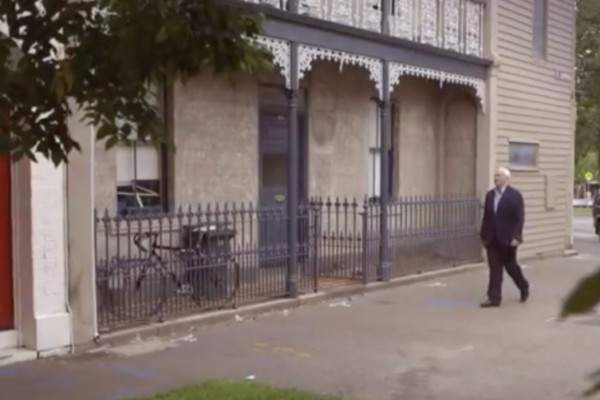
Carlton Residences Play
